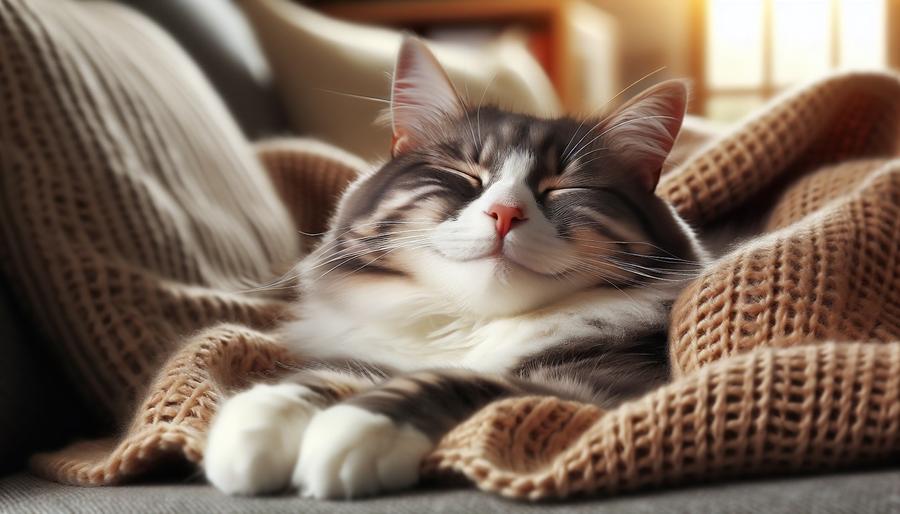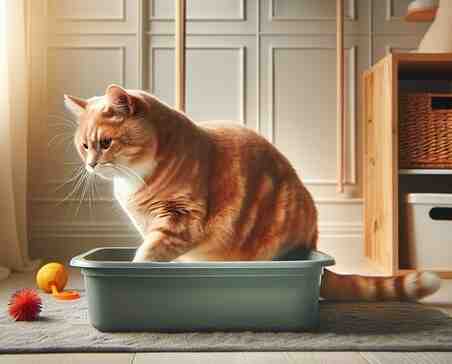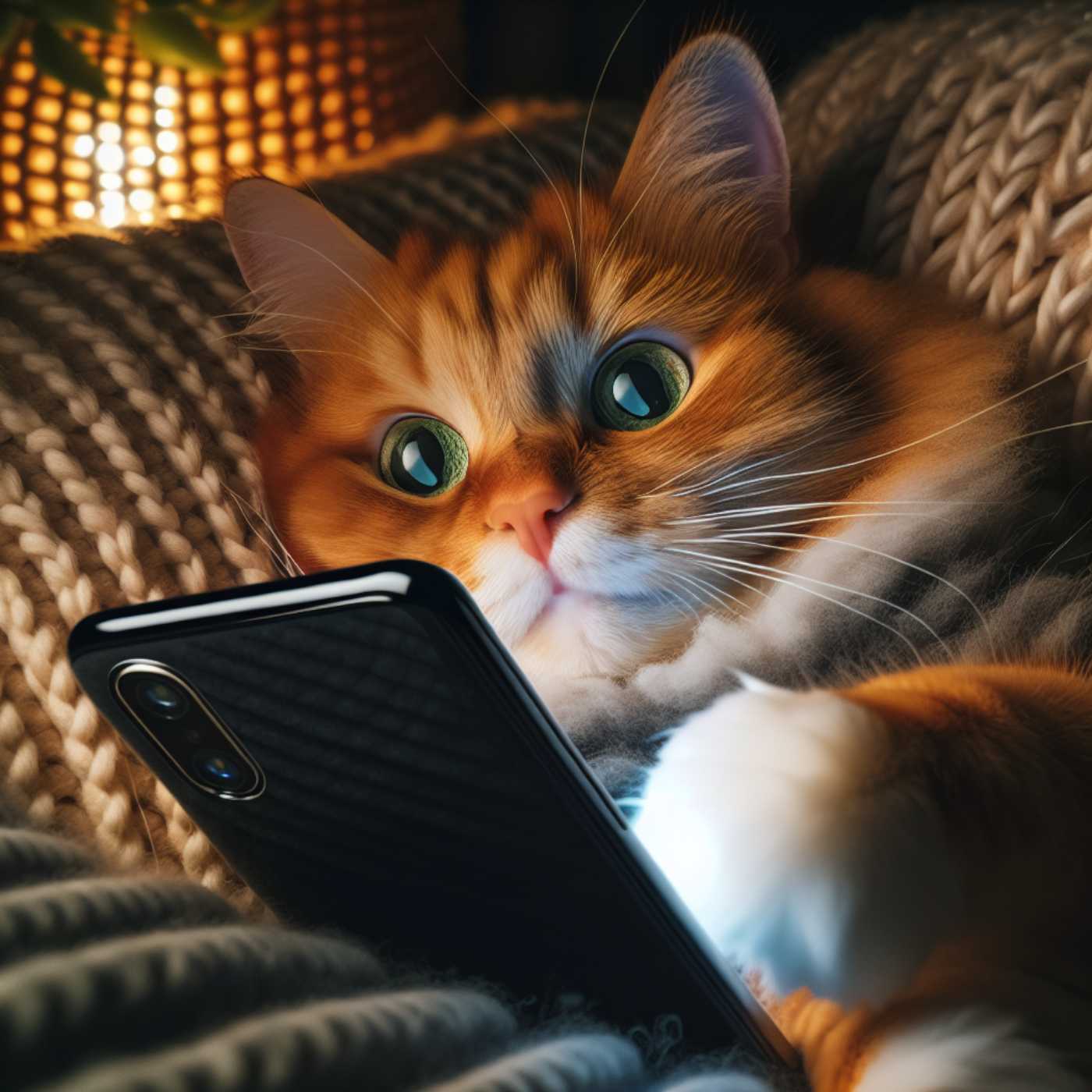Feline inappropriate urination can be frustrating for cat owners. Understanding the reasons behind this behavior is crucial in finding a solution. Stress, medical issues, and territorial marking are common causes. Addressing these factors through environmental enrichment, litter box management, and veterinary care can help resolve the problem and restore harmony in your home.

Cat Purrs 101: All About Why and How Cats Purr
The Enigmatic World of Cat Purrs
Cat purring is a fascinating phenomenon that has captivated humans for centuries. A cat’s purr is a unique vocalization that is exclusive to felids, making it a defining characteristic of these enigmatic creatures.
While we may associate purring with contentment and relaxation, there is much more to this behavior than meets the eye. In this article, we will delve into the biological and psychological mechanisms behind a cat’s purr, exploring its anatomy, therapeutic benefits, evolutionary origins, social significance, and its impact on human emotional well-being and the human-animal bond.
The Science of Purring: Unraveling the Biological Mechanisms
To understand the science behind purring, we must first explore the biological mechanisms that drive this behavior. Purring is produced by the rapid contraction and relaxation of the muscles in a cat’s larynx, or voice box. This causes the vocal cords to vibrate, resulting in the characteristic purring sound. Interestingly, cats can purr both when they inhale and exhale, unlike other vocalizations that are typically produced during exhalation.
The Anatomy of a Purr: Understanding the Vibrations
The vibrations produced during purring are not only audible but also tangible. When a cat purrs, these vibrations can be felt throughout its body, particularly in the chest and throat area.
The frequency of these vibrations typically ranges between 25 and 150 Hertz, which is within the range known to have therapeutic effects on various biological processes.
Purring as a Healing Mechanism: Exploring the Therapeutic Benefits
Purring is not just a pleasant sound; it also has numerous therapeutic benefits for both cats and humans. Studies have shown that the vibrations produced during purring can promote healing and tissue regeneration, reduce pain and inflammation, lower blood pressure, and even strengthen bones.
The frequency of the vibrations is believed to stimulate the body’s natural healing mechanisms, making purring a powerful tool for self-healing.
The Evolutionary Origins of Purring: Tracing Back to Wild Ancestors
Purring is not exclusive to domestic cats; it can also be observed in their wild counterparts. This suggests that purring has deep evolutionary roots and serves a vital purpose in felid communication.
While the exact evolutionary origins of purring remain a subject of debate, it is believed to have evolved as a means of communication between mother cats and their kittens, conveying a sense of security and well-being.
Purring and Bonding: The Social Significance of Feline Communication
Purring plays a crucial role in feline communication, serving as a social bonding mechanism between cats and their human companions.
When a cat purrs, it is not only expressing contentment but also seeking social interaction and companionship. The rhythmic vibrations of purring can create a sense of calm and comfort, fostering a strong bond between cats and their human caregivers.
Purring and Stress Reduction: How Cats Use Purring to Relax
Cats are known for their ability to alleviate stress, and purring plays a significant role in this process. When a cat purrs, it releases endorphins, which are natural feel-good hormones that promote relaxation and reduce stress.
The soothing sound and vibrations of purring can have a calming effect on both cats and humans, making it an effective stress management tool.
Purring and Pain Management: Investigating the Analgesic Effects
In addition to stress reduction, purring has been found to have analgesic effects, making it a natural pain management mechanism for cats.
The vibrations produced during purring stimulate the release of endorphins, which act as natural painkillers. This may explain why cats often purr when they are injured or in pain, as it helps them cope with discomfort and promote healing.
Purring and Emotional Well-being: The Psychological Impact on Humans
The psychological impact of purring extends beyond cats themselves and can have profound effects on human emotional well-being. The rhythmic sound and vibrations of purring have a soothing and comforting effect, reducing anxiety, promoting relaxation, and improving mood.
Many cat owners report feeling a sense of happiness and contentment when their cats purr, highlighting the positive impact of this behavior on human mental health.
Purring and Cat-Human Relationships: Strengthening the Human-Animal Bond
Purring plays a vital role in strengthening the bond between cats and their human companions. When a cat purrs, it signals trust, affection, and a desire for social interaction. This can create a deep emotional connection between cats and their owners, fostering a strong and mutually beneficial relationship.
The act of petting a purring cat can also release oxytocin, a hormone associated with bonding and attachment, further strengthening the human-animal bond.
Purring in Different Cat Breeds: Variations and Unique Characteristics
While purring is a universal behavior among cats, there are variations and unique characteristics in how different cat breeds purr.
Some breeds may have louder or softer purrs, while others may have a distinct purring pattern or frequency. These variations add to the diversity and individuality of cats, making each purr a unique expression of their personality and breed traits.
Conclusion: Embracing the Magic of Cat Purring
In conclusion, cat purring is a complex and multifaceted behavior that encompasses both biological and psychological mechanisms. From its therapeutic benefits to its role in bonding and communication, purring is a remarkable phenomenon that highlights the unique relationship between cats and humans.
By understanding and appreciating the magic of cat purring, we can deepen our connection with these incredible creatures and enhance our own well-being in the process. So next time you hear your cat purring, take a moment to embrace the beauty and wonder of this enigmatic behavior.




This Post Has 0 Comments